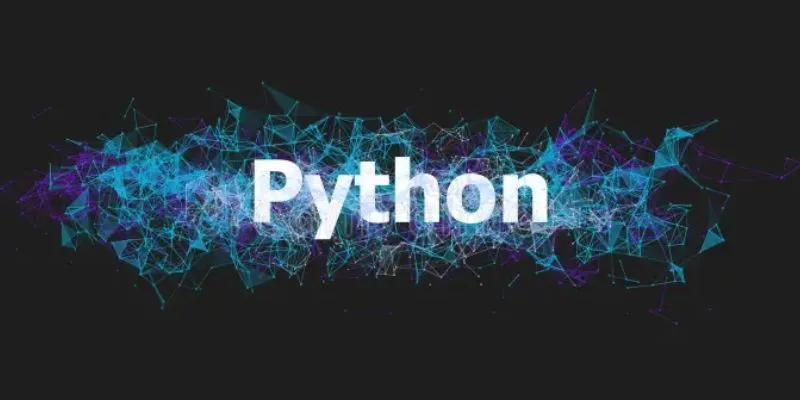
Python is one of the most popular programming languages due to its simplicity, readability, and extensive libraries. However, even experienced developers encounter errors and bugs while writing Python code. Learning how to debug and handle errors effectively is crucial for building robust, maintainable, and efficient Python applications. For those seeking to gain practical experience and enhance their skills, enrolling in a Python Course in Gurgaon at FITA Academy can offer hands-on guidance, real-world projects, and expert mentorship. This blog explores essential debugging and error-handling techniques in Python, designed to make identifying and resolving issues easier for both beginners and advanced developers.
Understanding Errors in Python
Python errors generally fall into three categories:
- Syntax Errors – These occur when there is an error in Python’s syntax. For instance, forgetting to close a parenthesis or placing a colon incorrectly can cause a syntax error.
- Runtime Errors – These errors occur while the program is running, such as attempting to divide a number by zero or accessing an undefined variable.
- Logical Errors – The trickiest errors to detect because the code runs without crashing, but the results are incorrect due to faulty logic.
Recognizing the type of error is the first step in choosing the right debugging strategy.
Using Print Statements for Simple Debugging
One of the simplest ways to debug Python programs is to use print statements. By printing the values of variables or the flow of the program, you can identify where things are going wrong. Although basic, this method is effective for small projects or for quickly testing specific parts of code. Students enrolling in a Python Course in Hyderabad often start with print statements to build a strong foundation in debugging before moving on to advanced techniques.
Leveraging Python’s Built-In Debugging Tools
Python offers built-in debugging tools that allow developers to step through their code, inspect variables, and evaluate expressions interactively. These tools make it easier to pinpoint issues, especially in complex programs where print statements alone may not be sufficient for identifying problems. Learning to use these debugging tools effectively can save time and make troubleshooting more systematic and efficient.
Exception Handling with Try-Except Blocks
Python’s try-except mechanism is essential for handling runtime errors gracefully. Instead of letting your program crash, you can anticipate potential errors and manage them using try-except blocks. Ensures that your program continues to run smoothly, even in unexpected situations.
Advanced exception handling allows developers to manage multiple error types, execute alternative logic when no error occurs, and perform necessary cleanup actions regardless of the outcome. Students enrolling in a Python Course in Kolkata learn these techniques, which are especially beneficial for building high-reliability applications such as web apps, data pipelines, and automated systems.
Using Assertions for Debugging
Assertions are statements that test assumptions in your code. They act as checkpoints to verify that certain conditions are actual during execution. If an assertion fails, Python raises an error, alerting developers to issues before they escalate into bigger problems. Assertions are particularly helpful during development and testing, ensuring that code behaves as expected and preventing subtle logical errors from occurring.
Logging – A Professional Debugging Technique
For larger projects, using a logging system is far more effective than relying solely on print statements. Python’s logging module enables developers to track events, warnings, and errors of varying severity levels. Logging provides a detailed record of a program’s execution, making it easier to identify and resolve problems, monitor performance, and maintain code quality over time.
Best Practices for Debugging and Error Handling
- Anticipate Potential Errors –Always consider potential problems in your code and address them proactively. Students in a Python Course in Delhi need to expect errors early. This approach helps them write more reliable and easier-to-maintain Python programs.
- Use Clear Error Messages – Meaningful messages make debugging easier and improve user experience.
- Test Code Frequently – Regular testing ensures that bugs are identified and addressed early.
- Leverage Debugging Tools and Logging – These tools provide more structured insights than simple print statements.
- Document and Review – Maintaining good documentation and reviewing code can prevent recurring errors.
- Learn from Mistakes – Every error is an opportunity to improve coding practices.
Debugging and error handling are fundamental skills for any Python developer. By understanding different types of errors and applying techniques such as using print statements, leveraging built-in debugging tools, employing try-except blocks, using assertions, and implementing logging, developers can write more reliable and maintainable code.
For learners who want structured guidance and practical experience, enrolling in a Python Course in Jaipur can be highly beneficial. Such a course offers hands-on projects, expert mentorship, and real-world exercises that enable students to strengthen their debugging and error-handling skills effectively. Whether you are a beginner or an experienced programmer, mastering these techniques will enhance your Python proficiency and boost your confidence in developing robust applications.
